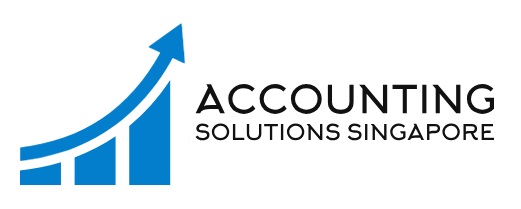
Transfer Pricing in Singapore – How Does It Work
When you enter into a commercial contract with your subsidiary companies, many business owners want to enter at a price that is lower than the market rate. This will enable them to make sure that their contract is safe from the state’s eyes and, at the same time, reduce the cost.
To prevent the above, many countries developed a system, transfer pricing rules, to regulate the conduct of family business and related party transactions. The following will explain how it affects the company taxation, the documents you need to submit, and ways to obey the rules.
What is Transfer Pricing?
Transfer Pricing is a legal way that will help the state to determine the right price of the transaction for related parties sales and purchases.
The term “related” refers to parties who have pre-existing connections via directorships, shareholdings or common control, indirectly or directly. It is important that all parties adhere to fair market practice and maintain pricing (approximate market rate) as if they were working with other business partners.
In other words, there are no hidden profits or preferential pricing in the course of business. When we refer to preferential pricing, we mean that one of the parties pays less tax in a country with a higher income tax rate.
IRAS (Inland Revenue Authority of Singapore) intends to prevent the above from occurring and to establish the guidelines in its transfer pricing requirements.
As a result, both parties will pay the correct amount of tax in the country where the transaction took place.
What is Arm’s Length Principle?
Transfer pricing is governed by a standard international standard known as the Arm’s Length Principle. It is important that all businesses sell goods and services to their related companies at market prices.
This principle also applies in all business cases in which related companies perform certain activities that benefit their parent company. The activities may include marketing campaigns or performing back-office duties for the head office and related firms
IRAS will impose additional taxes if one of the parties fails to adhere to the arm’s length principle and reduces the reported profits in Singapore intentionally.
The business or organization will also be subject to additional taxes and penalties due to the transfer pricing adjustment.
Breach of the Arm’s Length Principle – How To Avoid It
IRAS recommends Singapore companies to follow the following when complying with the arm’s length principle.
Terms of the Transaction
This is the part where the written contract will be assessed. These include the responsibilities and the possible transfer pricing risks that arise from the agreement. The parties’ actual conduct always matter for as long as the contract may not cover the whole aspects of the deal.
Goods’ and Services’ Characteristics
All products and services have a respective range of market rates which varies due to quality, features, availability and etc. This helps to determine the appropriate market price. For instance, one cannot sell original branded merchandises with the similar price as its replicas and vice-versa.
Risk Assessment, Assets, and Function
IRAS assess both parties’ responsibilities, possible risks, and the assets used by the taxpayer. Even though both assets and functions can affect the suggested price, it is always important to consider the risk.
For example, a company selling vacuum cleaners (with warranty) bears a higher risk as compared to a company selling the same vacuum cleaners (with no warranty). Hence, the company, which provides the product warranty, must have a higher selling price.
Economic and Commercial Circumstances
We should also take into consideration the market conditions in every country. The product’s availability and the geographical location of the country can affect the price. For instance, vegetables from Australia are generally more expensive than vegetables from China.
There are some factors that companies should consider to make the appropriate assessments.
- Evaluating external and internal information
- Considering the losses
- Historical operational data
- Evaluation of transactions separately or aggregately
How Should You Prepare Transfer Pricing Documentation
If your company accumulates more than SGD 10 Million gross revenue from these related parties activities, you must keep all relevant documents to support these transactions.
IRAS will request you to submit the transfer pricing documentation for verification. You must keep transfer pricing documentation for at least five years.
If you are operating in Singapore, you need to document your business’ overview, the information about the taxpayer’s transactions as well as the transfer pricing analysis.
When submitting these documents, you need to follow the rules implemented by IRAS. Also, if the company’s RPT (Related Party Transactions) is more than SGD 15 million for the past financial years, you must submit the RPT report together with Form C.
Conclusion
The transfer pricing guidelines in Singapore ensures that all related parties activities are conducted at arm’s length. You must also keep and record all the relevant documents to support your related parties’ pricing.
For more information, you can speak with our corporate tax team to understand more about Transfer Pricing requirements in Singapore.
